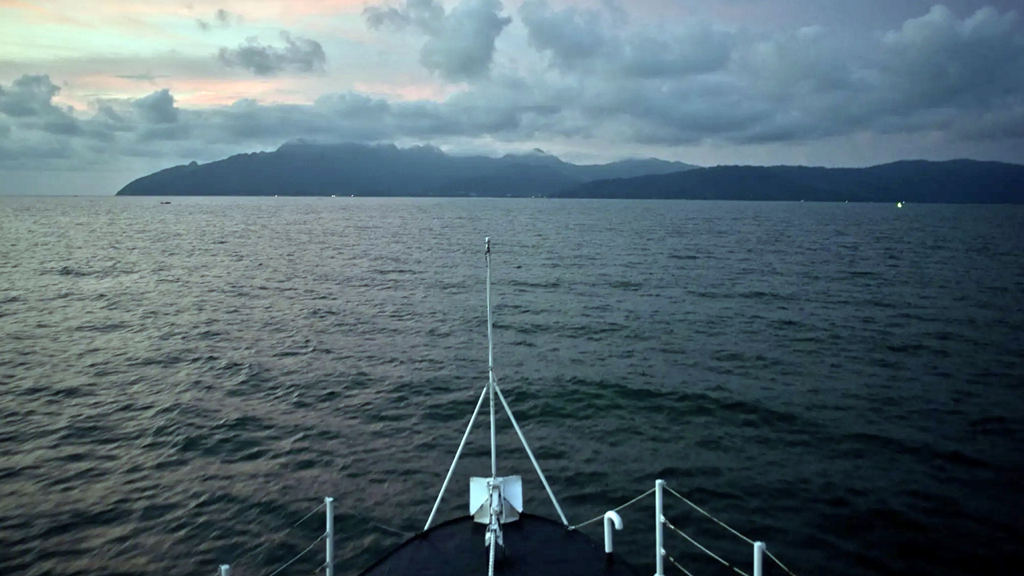Fearing attack, more Rohingyas fleeing to Bangladesh
- 06/06/2017
- 0
By Mahadi Al Hasnat, Dhaka Tribune
There is no record of exactly how many Rohingyas have entered Bangladesh in the last three months as the authorities concerned stopped keeping a track of the influx after February.
Despite the apparent ceasefire of the crackdown on Rohingyas by security forces in Myanmar, Rohingyas are still fleeing their home and crossing over to Bangladesh, fearing further attacks.
In the last three months, a number of Rohingya families have entered Bangladesh through Cox’s Bazar and have taken refuge at different villages in the district’s Teknaf upazila.
Some 8-10 small settlements of the refugees can be found along the Cox’s Bazar-Teknaf Marine Drive.
“I got on an engine boat with some 12-14 other Rohingyas and came here [Teknaf] in March,” said Nur Hashem, one of the new refugees who came from Baas Sora village in Maungdaw, a town at Northern Rakhine state – home to the minority Rohingya Muslims in Myanmar.
There is no data on exactly how many Rohingyas have entered Bangladesh in the last three months as the officials concerned stopped keeping count after February this year, said Sanjukta Sahany, head of International Organisation of Migration (IOM) office in Cox’s Bazar.
This reporter visited a few of the villages right after Cyclone Mora last week and spoke to some of the new refugees.
Many of them said they came to Bangladesh with the help of Bangladeshi brokers.
“They [the brokers] take 40,000-50,000 kyat [Myanmar currency] per adult to transport Rohingyas across the border,” said Waz Uddin who also came from Baas Sora village.
He said he fled his village after members of Myanmar security forces hacked his father to death.
“I sold my family properties and cattle and moved here with my wife and children. My mother and brother are still there.”
The family has settled in Teknaf’s Dargachhara village.
Also Read- Cyclone Mora ravages Rohingya refugee camps in Bangladesh
The mass exodus of Rohingya began when Myanmar security forces launched a ruthless crackdown on the Rakhine state following an insurgent attack on Myanmar border police posts in October last year.
Between October 2016 and February 2017, around 74,000 Rohingya refugees entered Bangladesh, according to IOM estimates.
Arafa Begum, a middle-aged woman, said: “They [the security forces] burned our houses down and killed our men. They killed our children and raped our women. I had no option but to flee to save my children.”
Arafa is now living in Dargachhara with her husband and children.
Families like Arafa’s are renting space on a land owned by a local and living in makeshift huts made with bamboo, wood and polythene sheets.
“We have eight families of around 60 people living in our settlement. Each family pays Tk500 for rent every month to the land owner,” Arafa said.
Similar settlements can be found in Mirmanikchhara and Lombori villages in Teknaf, built on government lands.
To earn their living, the new refugees have taken up deep-sea fishing and working in the local dry fish business where a man earns a daily wage of Tk350 and a woman Tk150.
Cox’s Bazar Additional Deputy Commissioner Kazi Md Abdur Rahman said: “These Rohingya families flee to Bangladesh whenever violence increases on the other side of the border… the Border Guard Bangladesh (BGB) are stationed at the border to prevent such infiltration, but they often manage to evade the BGB soldiers’ eyes.”
He said the district administration were considering actions in this regard.






